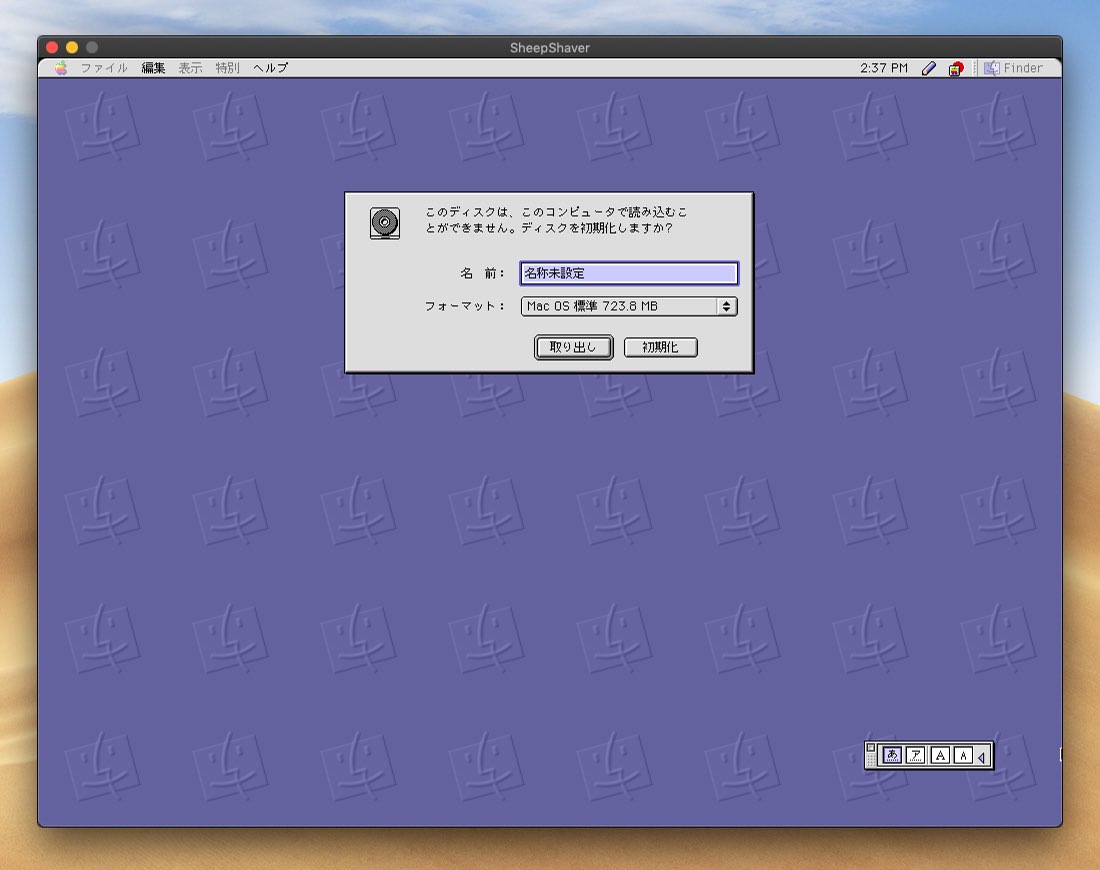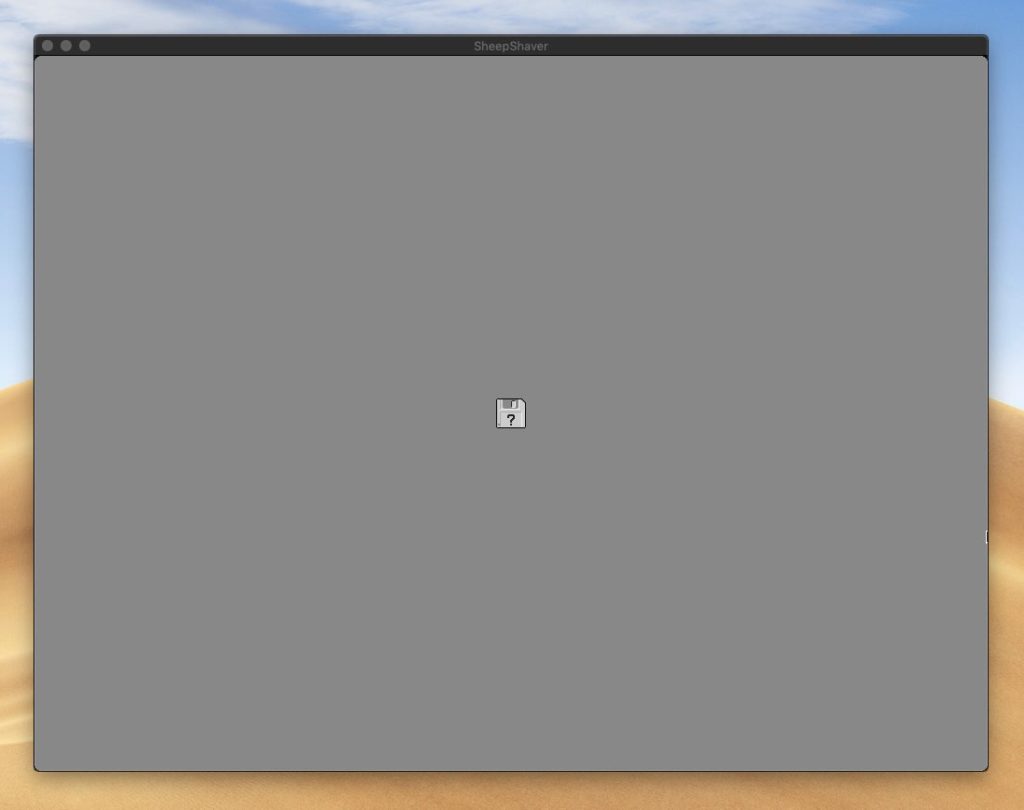

Yes, individual APPs may run via Rosetta 2, but some software - for example iTunes 10, and Hear, and some text expanders - require the relevant OS running on x86 in order to run via the execution of system code, not just the Rosetta 2 emulator.
Sheepshaver mojave install#
Parallels has now been updated to run VMs on M1 Macs, but it won't install & run x86 OS's such as High Sierra and Mojave, because x86 system instructions won't translate on the ARM chip which is an entirely different beast to Intel and all other x86 chips. Not sure when, but you can certainly install macOS 10.13 High Sierra and macOS 10.14 (Mojave) on virtualisation software to run 32-bit Intel OSX apps.īefore Lion, Apple's EULA restricted users to creating an OS X VM using server software (which my 10.6.8 VM is using) from Lion onwards there was no separate server OS so Apple couldn't prevent the regular OS being installed into VM software. At some point during that period Apple stopped prohibiting OSX/macOS installation in Intel virtualisation software on Macs. You probably refer to the period from 2010, MacOSX 10.7 (Lion) to 2018, macOS 10.14 (Mojave). In other words, that will run an Intel-based x86 platform. TiddK wrote: ↑ Sun 11:35 amthe "gap" involves all apps and utilities that may be 32-bit between 20. I'd hope that someone will take on the "Sheepshaver mantle" (using that as a metaphor) and write an emulator for x86 OS's that will do the same job for a vast array of apps from 2000 up to 2019, that Sheepshaver etc do for most apps before 2000. After all, before OS X there was Soft-PC to fill that particular Microsoft gap, then there was Sheepshaver, then there were x86 VMs. In other words, that will run on an Intel-based x86 platform. I'd hope someone somewhere is intending to fill a big gap that will open up - Sheepshaver etc can take care of all apps up to 1999/2000, while Rosetta 2 will run many 64-bit apps that pre-date Catalina however, the "gap" involves all apps and utilities that may be 32-bit between 20. I'm a bit puzzled as to how Sheepshaver and Basilisk can even run on M1 devices - have they been updated as 64-bit apps that Rosetta 2 can recognise and run? I'd not be even remotely interested in Qemu because I can run pre-OS X apps - even pre-PPC - in Sheepshaver, and can run OS X Classic apps in Rosetta in the 10.6.8 Parallels VM. What do you think, guys? It would be VERY ironic if I got an M1 Mac and could still run System 7.5.3 and OS 8.6 and 9.0.4, but couldn't run any flavour of OS X prior to Catalina! the performance being delivered by Rosetta 2 on M1 is pretty impressive.

current Sheepshaver emulations don't seem to suffer from slowdowns on Intel Macs, and 2.

Yes, there would be a performance hit, but 1.

However, they could theoretically install and run in emulation mode in Rosetta 2 rather than as VMs, if software 'envelopes' like Sheepshaver existed for them. The ability to run older versions of OS X is crucial to me.
Sheepshaver mojave windows 10#
OS X 10.6.8 and 10.9.5 and 10.12 as Parallels VM installationsĪlthough it seems that Sheepshaver (and Basilisk?) will run on M1 as applications in Rosetta 2, no x86 OS will be able to be installed in VM software running on M1, though it seems Windows 10 WILL. Parallels and VMWare), or to create a new emulator for older versions of OS X to run on Apple silicon? Are there any plans to either develop Sheepshaver to replace Intel VM software (e.g.


 0 kommentar(er)
0 kommentar(er)
